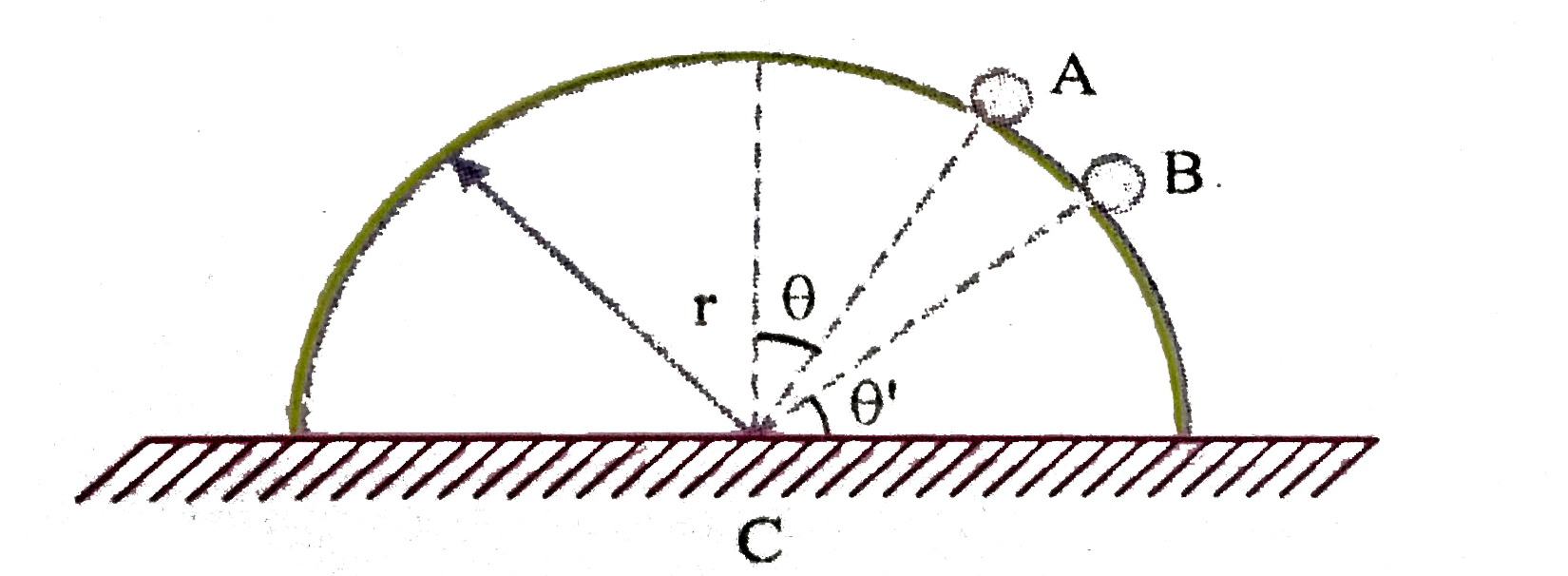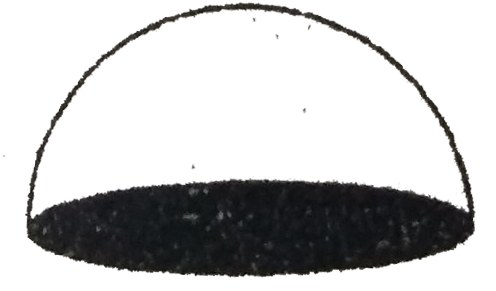Cerebral hemispheres are the centres of:
taste
smell
balance
thinking
The correct Answer is:D
Step-by-Step Solution:
1. Identify the Structure: The cerebral hemispheres are the two halves of the brain, which play a crucial role in various functions.
2. Understand the Lobes: The cerebral hemispheres consist of four main lobes:
- Frontal Lobe: Responsible for higher cognitive functions such as thinking, decision-making, and problem-solving.
- Parietal Lobe: Involved in processing sensory information, including taste.
- Temporal Lobe: Associated with processing auditory information and is also linked to the sense of smell.
- Occipital Lobe: Primarily responsible for vision.
3. Function Allocation: Each lobe has specific functions:
- Frontal Lobe: Thinking
- Parietal Lobe: Taste
- Temporal Lobe: Smell
- Occipital Lobe: Vision
4. Exclusion of Other Functions: It is important to note that balance is not controlled by the cerebral hemispheres but rather by the cerebellum, which is a separate part of the brain.
5. Conclusion: Therefore, the cerebral hemispheres are the centers for taste, smell, and thinking, while balance is managed by the cerebellum.
- Frontal Lobe: Responsible for higher cognitive functions such as thinking, decision-making, and problem-solving.
- Parietal Lobe: Involved in processing sensory information, including taste.
- Temporal Lobe: Associated with processing auditory information and is also linked to the sense of smell.
- Occipital Lobe: Primarily responsible for vision.
- Frontal Lobe: Thinking
- Parietal Lobe: Taste
- Temporal Lobe: Smell
- Occipital Lobe: Vision
Topper's Solved these Questions
- BOOK - ICSECHAPTER - NEURAL CONTROL AND CO-ORDINATION EXERCISE - TEST YOUR PROGRESS ( OBJECTIVE TYPE QUESTIONS ) (Fill in the blanks with appropriate words.)14videos
NEURAL CONTROL AND CO-ORDINATION
- BOOK - ICSECHAPTER - NEURAL CONTROL AND CO-ORDINATION EXERCISE - TEST YOUR PROGRESS ( OBJECTIVE TYPE QUESTIONS ) (State whether the following statements are true or false .)9videos
NEURAL CONTROL AND CO-ORDINATION
- BOOK - ICSECHAPTER - MORPHOLOGY OF FLOWERING PLANTS EXERCISE - NCERT TEXTBOOK QUESTIONS WITH SOLUTIONS25videos
MORPHOLOGY OF FLOWERING PLANTS
- BOOK - ICSECHAPTER - NEURAL CONTROL AND COORDINATIONEXERCISE - (Review question) long answer20videos
NEURAL CONTROL AND COORDINATION
Similar Questions
The cerebral hemispheres are concerned with learning.
View SolutionRead the following given statements and choose the correct option. Br Statement 1: Corpora quadrigemina is the tract of nerve fibres which connect left and right cerebral hemispheres. Br Statement II Midbrain, pons and medulla form the brain stem
View Solution
Knowledge Check
- Question 1 - Select One
Read the following five statements (i) to (v) regarding left cerebral hemisphere and select the option that correctly states the true (T) and false (F) statements.
(i)It receives most modalities of sensory information from the right side of the body.
(ii)It is usually larger than the right cerebral hemisphere.
(iii)It is the dominant cerebral hemisphere in most individuals.
(iv)It is connected to the right cerebral hemisphere by the corpus callosum.
(v)It contains the main areas for the understanding and production of speech in most individuals.A(i)(ii)(ii)(iv)(v)TTFFFB(i)(ii)(ii)(iv)(v)FTTFTC(i)(ii)(ii)(iv)(v)TFTTTD(i)(ii)(ii)(iv)(v)FFTTT
Cerebral hernbispheres connected by
View SolutionWith which tissue are two cerebral hemishpheres joined together ?
View SolutionChoose the correct answer to the given statement from the four choices given below the statement:
The cerebral hemispheres in mammals are connected by:View SolutionA particle of mass m initially at rest starts moving from point A on the surface of a fixed smooth hemisphere of radius r as shown. The particle looses its contact with hemisphere at point B.C is centre of the hemisphere. The equation relating θ and θ' is
 .View Solution
.View SolutionA particle of mass m initially at rest starts moving from point A on the surface of a fixed smooth hemisphere of radius r as shown. The particle looses its contact with hemisphere at point B.C is centre of the hemisphere. The equation relating θ and θ' is
 .View Solution
.View SolutionCharge Q is uniformly distributed only on curved surface of a thin hemispherical shell. A,B and C are three points on the circular base of hemisphere, such that A is the centre. Let the electric potential at points A, B and C be VA,VB,VC respectively. Then
 View Solution
View SolutionName the structure that holds the cerebral hemispheres together.
View Solution

